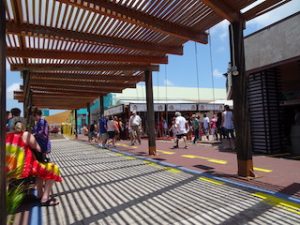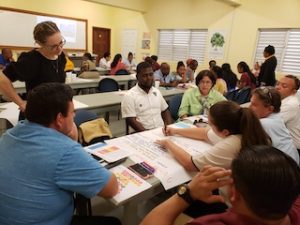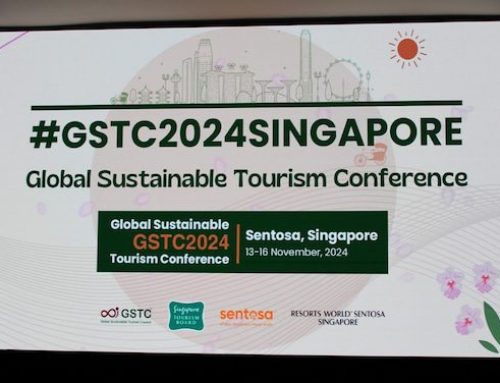Belize Tourism Overview
Belize offers plenty of opportunities to explore its natural resources. It has one of the largest barrier reefs in the northern hemisphere – a World Heritage Site; the Blue Hole; offshore islands; and Mayan archaeological sites, ancient cities, and sacred cave complexes. This array of ecosystems and cultural attractions has made Belize a desirable tourism destination.
In 2018, nearly 1.4 million visitors flocked to Belize. Approximately two-thirds of these visitors arrived on cruise ships via the port in Belize City. According to the Belize Tourism Board (BTB), cruise tourism has grown by 26% over the past three years (from 2015 – 2018). Although cruise tourism created jobs, foster entrepreneurship, and economic growth, it is adding pressure to the city’s resources. These pressures have created the desire to develop a more sustainable tourism industry.
Destination Sustainability Assessment of Belize
In attempts to plan for a sustainable tourism future, the World Wildlife Fund (WWF), the Global Sustainable Tourism Council (GSTC), and the German Society for International Cooperation (GIZ) supported a destination assessment of Belize City. The German Federal Ministry for Economic Cooperation and Development (BMZ) and Royal Caribbean Cruises Ltd funded it. The GSTC Destination Assessment took place from April 2019 through May 2019. It builds on previous research, studies, and initiatives that were designed to improve the sustainability of the tourism sector in Belize City.
The assessment provides tourism officials and community leaders a snapshot of the destination’s current level of performance on the GSTC Criteria for Destinations and indicators for sustainable management. They also had indicators reflecting WWF’s Marine and Coastal Tourism Strategy. The George Washington University International Institute of Tourism Studies (GW IITS) led the destination assessment and action planning process.
The assessment brought together 64 stakeholders, from the local government, the private sector, and the NGO community. They all collectively evaluated Belize City’s performance on the four main pillars of sustainability; destination policy and planning, community involvement and benefits, management of cultural and natural assets, and environmental issues.
Results and Key Takeaways
The results of this assessment indicate that 55% of the criteria evaluated were considered “areas of risk” and an additional 36% of criteria “need improvement”. Considerable work is needed to improve the sustainability and management of Belize City. In contrast, the destination showed “good performance” in 9% of the assessed criteria.
Commitments to adhere to the GSTC Destination Criteria
This assessment was the first of its kind in the country. It shows that Belize City is committed to destination stewardship and a more sustainable future. The destination recognizes that destination management is a shared responsibility. Therefore, the Ministry of Tourism and Civil Aviation (MTCA) and the BTB will work to establish a Destination Stewardship Committee (DSC) for Belize City. This committee, along with the BTB and MTCA will facilitate ongoing dialogue among tourism and community leaders to bring initiatives to life. They’ll be responsible for the sustainable development and management of Belize City.








